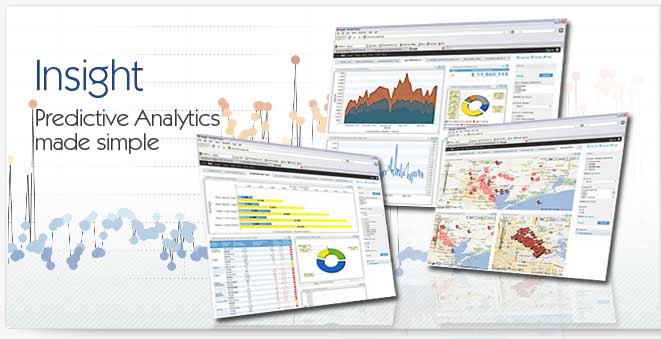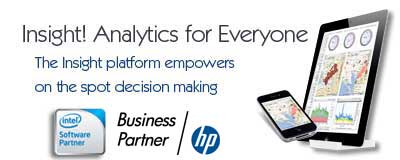Dashboarding
Dashboarding software describes platform, typically in the business intelligence arena, that are used to create a collection of charts and reports displayed in a grouped manner. This "dashboard" provides an easy to deploy, easy to interact means of presenting data to business users giving them the ability to better manage the organization. Principles like balanced scorecards are easily deployed in a dashboard using dashboarding software.
Getting Started with Dashboarding
Getting started with dashboarding can be easy or it can be very complex, depending on your approach. There are two critical aspects of dashboarding that can make the process easy or complicated. The first is understanding what to track in your dashboarding application. Dashboards can contain any number of data elements but understanding which "metrics" are important to your organization is the key to using dashboarding correctly. This is where using balanced scorecards can come in handy in using dashboarding to measure the data elements that tell you whether your organization is on target with its strategy or not.
Business Intelligence and Dashboarding
The second critical choice in dashboarding is the software you are going to use to deploy it. Dashboards are often published by business intelligence tools like Cognos or Business Objects. The challenge, however, lies in finding dashboarding software that is easy to use, easy to deploy and easy to maintain. When dashboarding was first developed the process often involved having business users create "requirements" for their dashboarding and IT staff creating the dashboard for later use by the executives. This methodology, however, takes a long time and can be fraught with errors and delays that cause the dashboard data to be out of date when its published.
New Tools for Dashboarding
To solve this second problem a new suite of tools has emerged that allows business users to take control of dashboarding. Through this new generation of dashboarding software the IT department becomes an "enabler" of dashboarding while the business users become the creators of the dashbaords themselves. Through this new dashboarding process the actual business users who understand the data and the affect it has on the business have the power and flexibility to create, edit and change dashboarding implementations as the business changes.
Real-Time Dashboarding
Along with this challenge of putting the power of dashboarding in the hands of the users who need it most is also the challenge of creating real time data delivery. One of the biggest drawbacks of traditional tools like Cognos, Business Objects or QlikTech is that they rely on data being delivered at set intervals, typically to a data warehouse. What this means for dashboarding is that the data in the dashboards is often out of date and stale when the business uers gain access to it. Real-time dashboarding requires a new breed of dashboarding software that allows a direct connection to product systems (like ERP, SFA etc.) to bring data into the dashboard as close to "real time" as possible.
|



